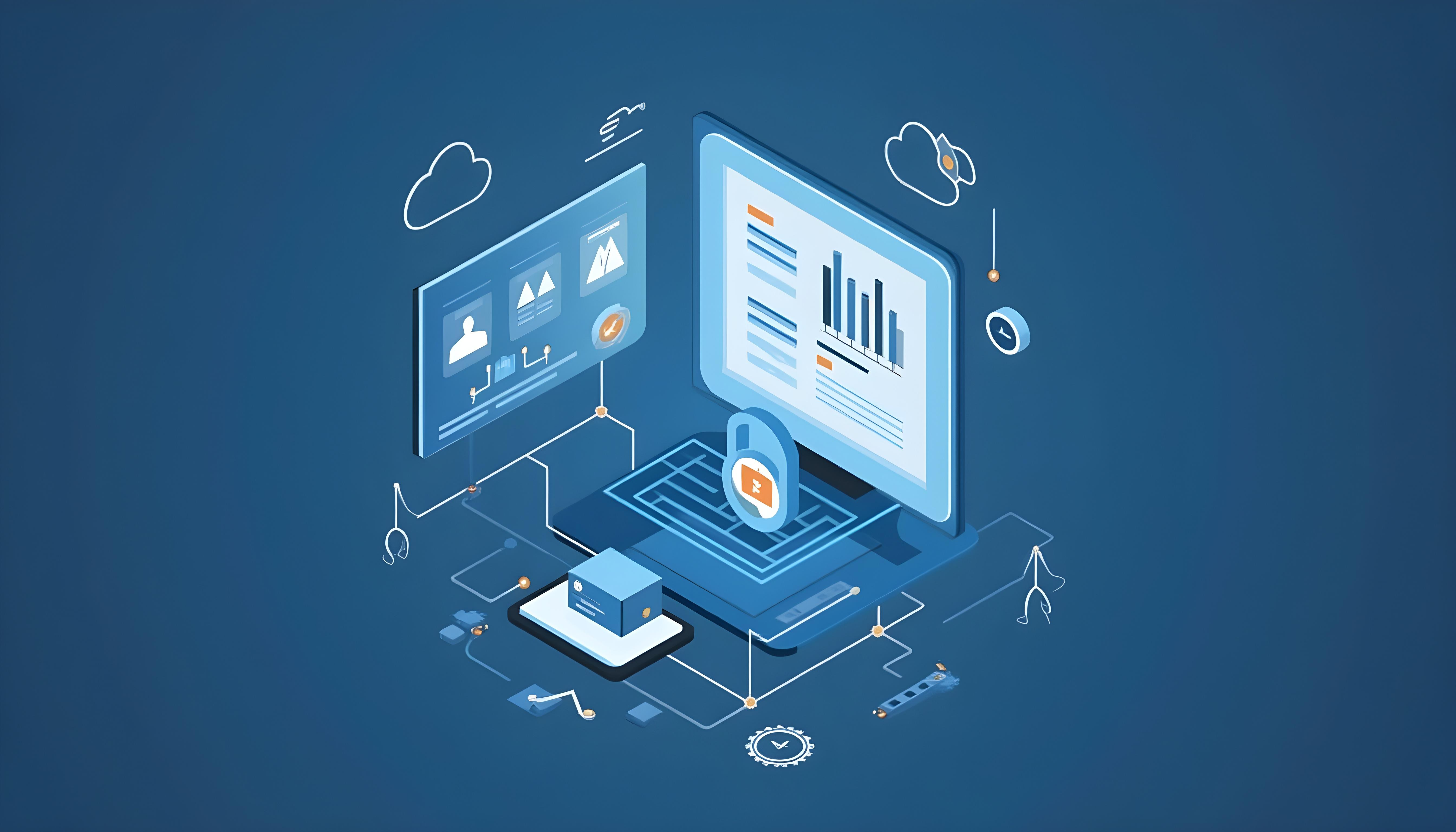In today’s fast-paced world, security management has become more complex than ever. With the rise of diverse and sophisticated threats, security managers must address the challenges of protecting assets, ensuring personnel safety, and maintaining operational efficiency. Managing security guards, tracking their activities, and responding to incidents in real-time often become overwhelming tasks, especially when done manually.
Fortunately, modern security guard management software offers comprehensive solutions that streamline operations, increase accountability, and enhance the overall effectiveness of security forces. In this blog, we’ll explore the top challenges in security management and how technology, particularly security guard management software, can help overcome these obstacles.
Workforce Management
The Challenge:
One of the most significant challenges in security management is workforce management. This includes assigning shifts, managing patrols, ensuring personnel accountability, and preventing unauthorized absences. Without effective monitoring tools, security officers may fail to follow assigned routes, leading to inefficiencies, missed patrols, or even security breaches.
Additionally, high turnover rates in the security industry can make it challenging for managers to maintain a consistent and reliable workforce.
The Solution:
Security guard management software helps automate and optimize workforce management processes. The software enables managers to assign shifts and patrols automatically, ensuring full coverage across all areas. Real-time GPS tracking of guards allows managers to know exactly where personnel are at any given moment, improving transparency and accountability.
Moreover, this technology helps manage workloads, track attendance, and monitor guard performance, reducing the risk of overworked personnel and ensuring a healthy rotation of duties.
Key Features for Workforce Management:
- Automated shift and patrol scheduling
- Real-time GPS tracking of security personnel
- Attendance and performance monitoring
- Dynamic patrol assignment based on real-time needs
- Customizable workflows and notifications for absenteeism
According to a study by Allied Market Research, the global security services market is projected to reach $257 billion by 2026, with technological solutions like security guard management software driving much of the growth.
Manual Reporting and Data Integrity
The Challenge:
In many security setups, reporting is still a manual process, which is prone to errors, delays, and fraudulent activities. Security personnel are required to fill out daily reports by hand, and these reports may be incomplete, inaccurate, or delayed, which can affect decision-making and overall security management.
Additionally, with manual systems, there is always a risk of lost data, making it difficult to maintain a comprehensive audit trail for clients and management.
The Solution:
With security guard management software, reporting is entirely automated, reducing the risk of human error. Guards can submit reports in real-time using their mobile devices, and these reports are automatically geo-tagged and time-stamped, ensuring accuracy and accountability.
The software allows for customizable reporting templates, enabling security managers to create reports that align with client requirements. Reports are also stored securely in the cloud, making it easier to retrieve and audit data whenever needed.
Key Features for Automated Reporting:
- Real-time report generation and submission
- Automated time-stamps and GPS validation
- Customizable reporting templates for different needs
- Cloud storage for easy access and audit trails
- Fraud prevention through geo-tagged check-ins
A MarketsandMarkets study found that manual data entry can result in up to 23% reporting errors, while automated solutions drastically reduce such mistakes, improving overall data accuracy.
Real-Time Incident Monitoring and Response
The Challenge:
Security incidents require immediate attention, but traditional systems often rely on outdated communication methods like radios or phone calls. These methods can delay the relay of crucial information, resulting in slow response times to critical incidents. Furthermore, managers often struggle to maintain visibility over large areas or multiple sites, making it difficult to coordinate effective responses.
The absence of real-time insights leads to a lack of accountability and creates a reactive, rather than proactive, approach to incident management.
The Solution:
Technology offers real-time monitoring and alert systems to ensure that security officers and managers can respond to incidents as soon as they happen. Security guard management software can track guards in real-time, notifying managers of any missed patrols or boundary breaches instantly. Alerts can be configured to send notifications for specific incidents such as SOS triggers, suspicious activity reports, or system breaches.
This enables rapid response and ensures that any potential threats are dealt with in a timely and effective manner. It also allows managers to reassign security personnel to high-risk areas based on real-time data.
Key Features for Real-Time Incident Monitoring:
- Instant notifications for boundary breaches or missed patrols
- Real-time GPS tracking of security officers and their activities
- Automated alerts for emergency incidents
- Integration with surveillance systems for comprehensive monitoring
- Centralized dashboard for real-time oversight of multiple sites
The Security Industry Association reports that 70% of security incidents can be resolved more efficiently with real-time alert systems, reducing response times and enhancing overall security management.
Accountability and Checkpoint Management
The Challenge:
Ensuring accountability among security personnel is a significant challenge. Traditional methods of checkpoint verification often involve manual logs or QR codes, which can be easily bypassed or tampered with. Guards might skip checkpoints or log inaccurate check-in times, leading to gaps in patrol coverage. This can be particularly problematic in high-security environments where missed patrols can result in significant risks.
The Solution:
Security guard management software offers a digital approach to checkpoint management. Guards can check in at designated points using mobile devices, with each check-in being geo-tagged and time-stamped. This ensures that every checkpoint is visited and logged accurately, providing real-time visibility for managers.
Additionally, checkpoint verification data is stored securely in the cloud, enabling security teams to review guard activity over time and identify any patterns of non-compliance. This boosts accountability and reduces the risk of skipped patrols or falsified check-ins.
Key Features for Checkpoint Management:
- Geo-tagged and time-stamped checkpoint verifications
- Automated alerts for missed checkpoints
- Paperless check-ins via mobile devices
- Cloud-based data storage for audit and review
- Real-time visibility for managers
Studies have shown that automating checkpoint management can increase guard accountability by 40%, helping to eliminate gaps in patrol coverage and improving overall security operations.
Data Security and Communication
The Challenge:
Traditional communication channels like phone calls, SMS, or walkie-talkies can compromise the confidentiality of sensitive security information. Information leakage can lead to unauthorized access, compromising the security of personnel and assets. Furthermore, storing sensitive data like reports or shift schedules on paper or local servers can increase the risk of data theft or loss.
The challenge is ensuring that sensitive data is securely communicated and stored while preventing unauthorized access to critical information.
The Solution:
With the advent of security guard management software, communication and data storage are encrypted, ensuring that only authorized personnel can access sensitive information. Whether it’s sharing incident reports or sending real-time updates, all communication is secured via encrypted channels, preventing unauthorized access.
Cloud-based data storage also ensures that reports, schedules, and incident logs are securely stored and can be easily retrieved whenever needed. This eliminates the risk of data loss due to hardware failure or other unforeseen circumstances.
Key Features for Data Security and Communication:
- End-to-end encryption for secure communication
- Cloud-based data storage for secure access and retrieval
- Role-based access control for data and report visibility
- Multi-factor authentication for added security
- Real-time encrypted updates and notifications
A study by IBM Security reveals that the average cost of a data breach in 2023 was $4.45 million, emphasizing the importance of investing in secure communication and data storage solutions.
Geofencing and Boundary Violations
The Challenge:
Managing security in large or multiple locations often requires ensuring that security personnel remain within predefined boundaries. Without proper monitoring, guards may leave assigned zones, potentially exposing areas to risk. Additionally, violations of these boundaries may go unnoticed for extended periods, leading to delayed responses.
The Solution:
Geofencing technology, integrated within security guard management software, allows managers to set up virtual boundaries around specific areas. If a guard steps outside these zones, the system triggers instant alerts, enabling managers to take corrective action immediately. Geofencing ensures that guards stay within their assigned areas, and any boundary violations can be dealt with proactively, ensuring continuous security coverage.
Key Features for Geofencing and Boundary Management:
- Virtual boundary setup for security patrols
- Real-time alerts for boundary violations
- Automated notifications for managers and supervisors
- Integration with GPS tracking for location-based patrol assignments
- Comprehensive boundary violation logs for future audits
The use of geofencing has been shown to increase accountability and ensure that guards remain focused on their assigned patrol areas, reducing the risk of unmonitored zones by 25%.
Customization and Scalability
The Challenge:
As security needs grow, many organizations find their management systems becoming outdated and insufficient for handling larger or more complex operations. A lack of scalability can hamper security operations, while limited customization options make it difficult for companies to tailor security systems to meet their unique needs.
The Solution:
Security guard management software is designed with scalability and customization in mind. Whether you need to manage a single site or multiple locations, the software can scale to accommodate growing security teams and operational demands. Additionally, white-label customization allows businesses to align the software with their own branding, providing a personalized experience for clients.
As your security operations grow, the software can handle the increased workload, ensuring that your security management remains efficient and streamlined.
Key Features for Customization and Scalability:
- Scalable infrastructure for growing security teams
- White-label customization for branding
- Multi-site and multi-location management
- Custom workflows, templates, and reports
- Seamless integration with other security technologies
According to a Frost & Sullivan report, companies that invest in scalable security solutions are able to improve their operational efficiency by 30%, while also reducing costs over time.
Conclusion
The challenges facing security management are many, but with the right technology, they can be effectively addressed. From automating workforce management and reporting to providing real-time incident monitoring and ensuring data security, security guard management software is revolutionizing the security industry.By investing in modern technological solutions, security agencies can overcome inefficiencies, improve accountability, and provide enhanced protection for their clients. Ultimately, this leads to better service, reduced costs, and a stronger competitive position in the market. If you’re ready to elevate your security operations, now is the time to make the switch to security guard management software and take advantage of all the benefits it has to offer.


